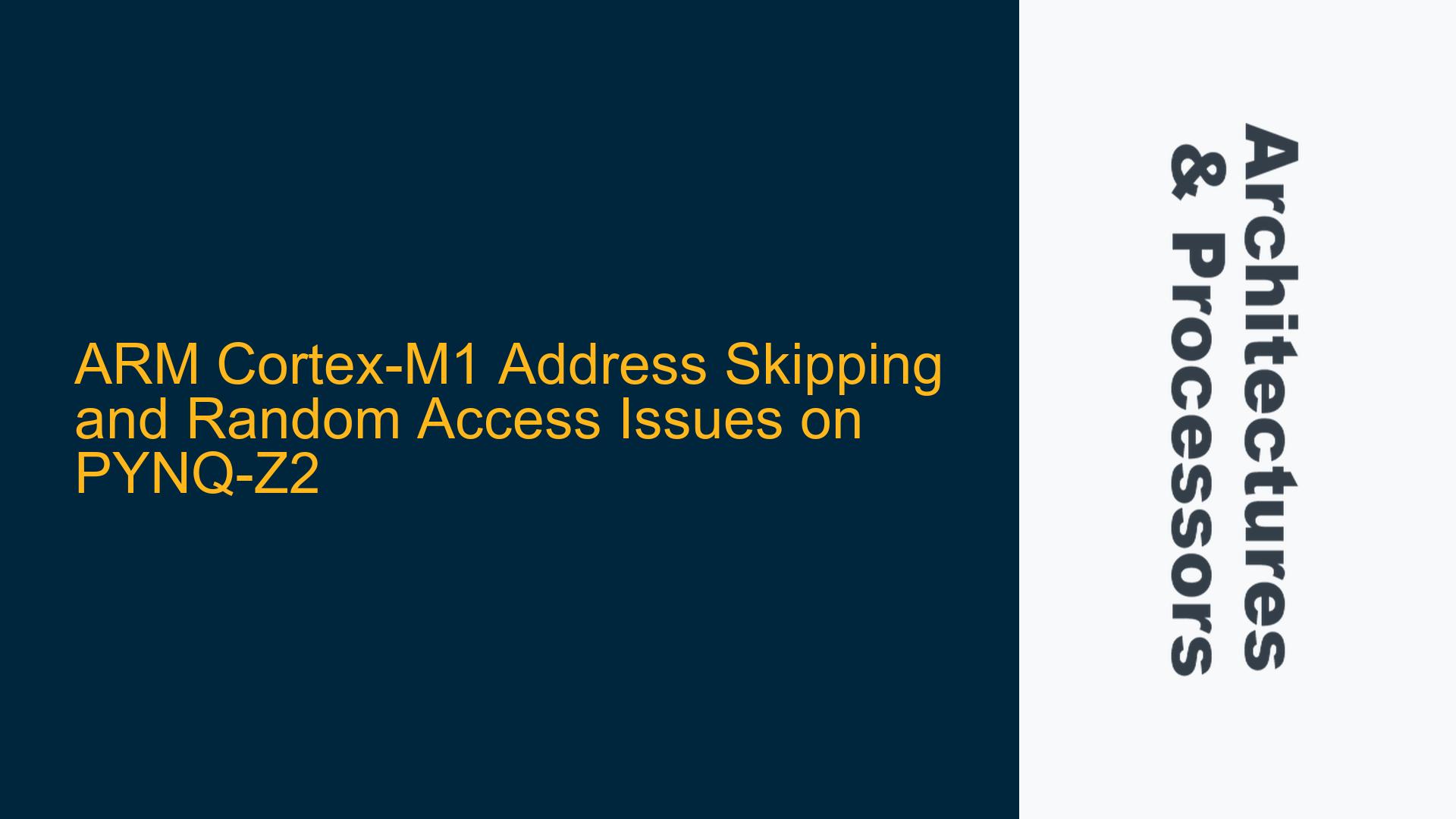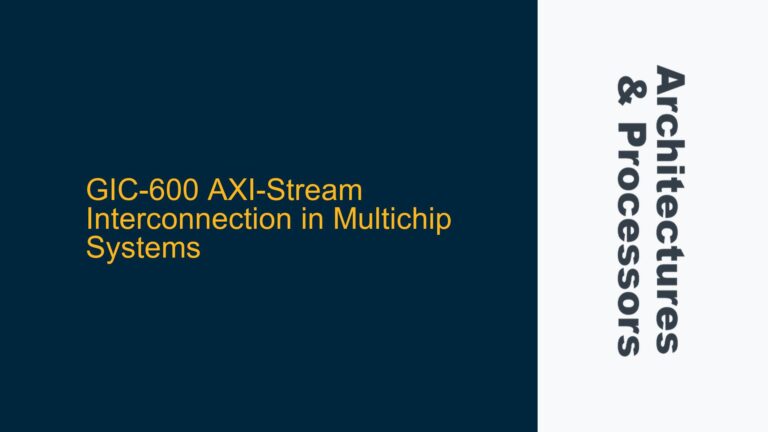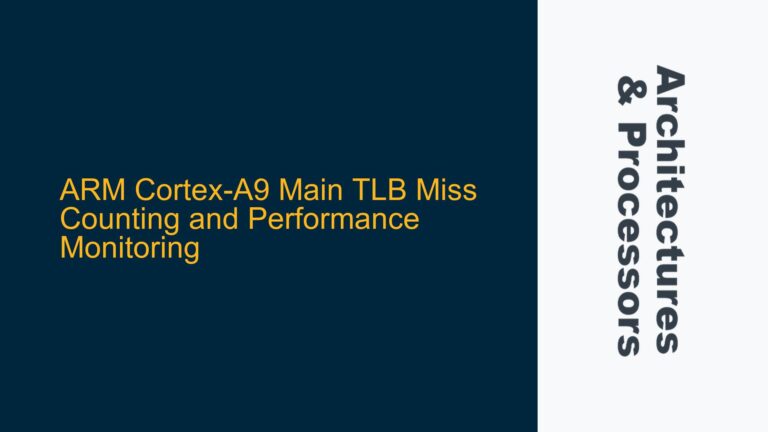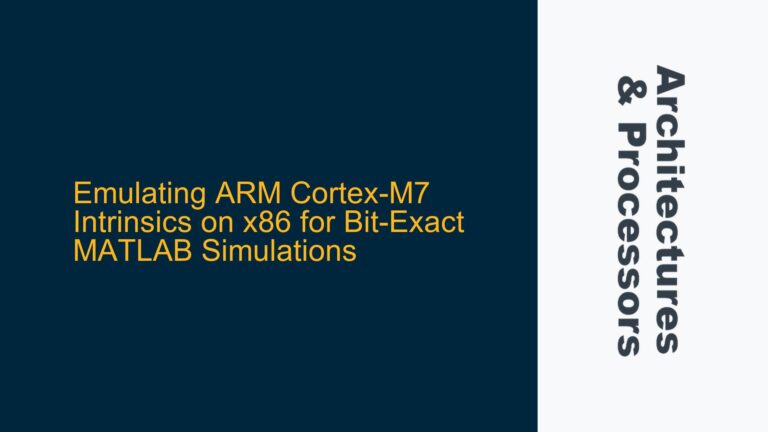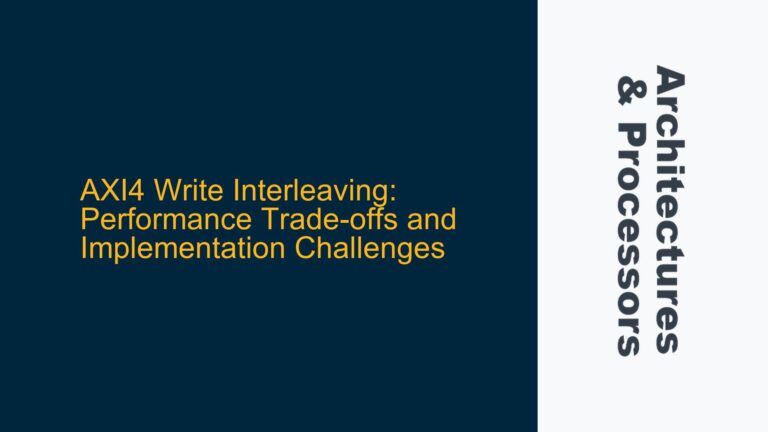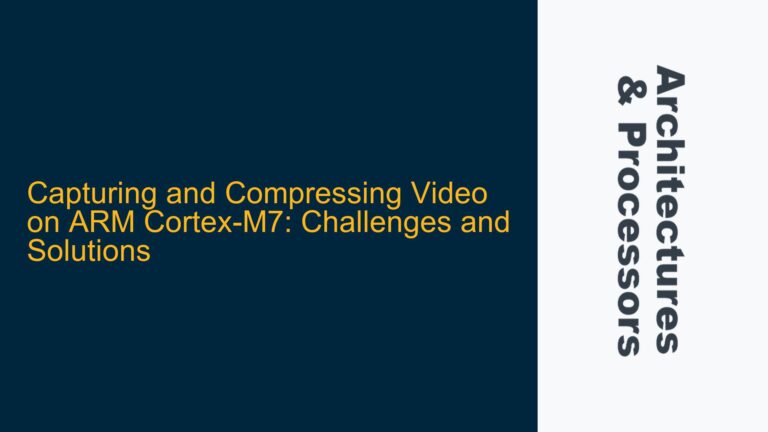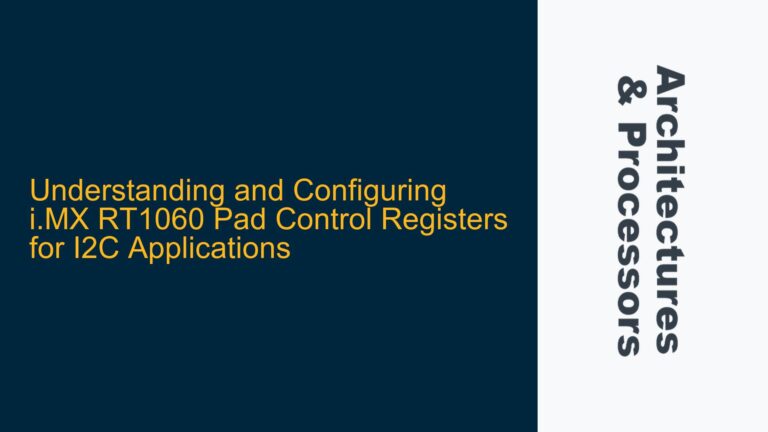ARM Cortex-M1 Address Skipping and Random Memory Access Behavior
The core issue revolves around the ARM Cortex-M1 soft processor exhibiting unexpected memory access patterns when running a simple C program on the PYNQ-Z2 platform. Specifically, the processor skips expected memory addresses (e.g., skipping address 0x08) and accesses random memory locations during array read operations. This behavior is observed in the waveform outputs from Chipscope, where the read address transitions from 0x00 to 0x04, then to a random location, and finally to 0x0C. Such erratic memory access patterns indicate a potential misconfiguration or hardware-software interaction issue in the system.
The Cortex-M1 is a soft processor core designed for FPGA implementations, and its behavior is highly dependent on the correct configuration of the memory subsystem, the linker script, and the initialization code. The PYNQ-Z2 platform, which integrates a Zynq-7000 SoC, adds another layer of complexity due to its hybrid architecture combining an ARM Cortex-A9 processor with programmable logic. The Cortex-M1 is implemented in the programmable logic, and its interaction with the memory subsystem must be carefully managed to ensure correct operation.
The observed issues suggest that the Cortex-M1 is not correctly accessing the Tightly Coupled Memory (TCM) or other memory regions as intended. This could be due to misaligned memory addresses, incorrect linker script configurations, or improper initialization of the stack and reset handler. Additionally, the random memory accesses could indicate a problem with the memory map or the address decoding logic in the FPGA design.
Misconfigured Linker Script and Stack Initialization
One of the primary causes of the address skipping and random memory access issues is likely a misconfigured linker script (cortexm1.ld) or improper stack initialization in the init.S file. The linker script defines the memory regions and their attributes, such as the starting address, size, and access permissions. If the linker script does not correctly map the memory regions, the Cortex-M1 may attempt to access invalid or unintended memory locations.
The init.S file is responsible for setting up the stack pointer and initializing the reset handler. If the stack pointer is not correctly initialized, the processor may attempt to access memory locations outside the intended stack region, leading to random memory accesses. Additionally, the reset handler must correctly configure the memory subsystem and ensure that the Cortex-M1 starts executing from the correct entry point.
Another potential cause is the incorrect configuration of the TCM in the FPGA design. The TCM is a high-speed memory region tightly coupled to the Cortex-M1, and its configuration must match the memory map defined in the linker script. If the TCM is not correctly configured, the Cortex-M1 may attempt to access memory locations that do not exist or are not properly mapped, leading to the observed issues.
Correcting Memory Mapping and Initialization Code
To resolve the address skipping and random memory access issues, the first step is to review and correct the linker script (cortexm1.ld). Ensure that the memory regions are correctly defined and that the starting addresses and sizes match the physical memory layout in the FPGA design. Pay particular attention to the TCM region, as it is critical for the Cortex-M1’s operation. The linker script should define the TCM region with the correct starting address and size, and ensure that the Cortex-M1’s code and data sections are correctly placed within this region.
Next, review the init.S file to ensure that the stack pointer is correctly initialized. The stack pointer should be set to the top of the stack region defined in the linker script. Additionally, the reset handler should correctly configure the memory subsystem and ensure that the Cortex-M1 starts executing from the correct entry point. This may involve setting up the vector table and ensuring that the reset handler jumps to the correct start address.
After correcting the linker script and initialization code, the next step is to verify the TCM configuration in the FPGA design. Ensure that the TCM is correctly instantiated and that its memory map matches the linker script. This may involve reviewing the block design and the TCM IP configuration in the FPGA toolchain. If necessary, regenerate the bitstream and reload it onto the PYNQ-Z2 platform.
Finally, re-run the C program and observe the waveform outputs in Chipscope. The read addresses should now follow the expected sequence without skipping or accessing random locations. If the issues persist, consider enabling additional debugging features in the Cortex-M1, such as memory protection units (MPUs) or hardware breakpoints, to further diagnose the problem.
By carefully reviewing and correcting the linker script, initialization code, and TCM configuration, the address skipping and random memory access issues can be resolved, ensuring that the Cortex-M1 operates correctly on the PYNQ-Z2 platform.
